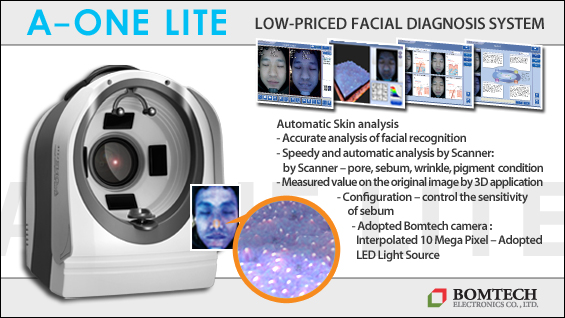
Antioxidant
Antioxidants have anti-aging, anti-inflammatory and anti-cancer actions. It helps reduce UV-induced pigmentation and is widely used in treatment of melasma. Comparison of melanocytes of patients with vitiligo and those of healthy individuals showed that the catalase activity was drastically reduced whereas Vitamin E, and ubiquinone levels were higher in vitiligo. Therefore, antioxidant status is thrown out of balance in vitiligo and the intracellular peroxide level is suspected to be one of the etiological factors of vitiligo[i].
Inflammation is followed by pigmentation. Prostaglandin produced during inflammation plays an important role in pigment generation and is involved in post-inflammatory exacerbation of melasma. Trans-4-aminomethylcyclohexanecarboxylic acid (Tranexamic acid) is a plasmin inhibitor and reduces prostaglandin synthesis to lower the tyrosinase activity of melanocytes. This results in reduction of UV-induced pigmentation. Intradermal injection of tranexamic acid has been reported to bring favorable results in some cases[ii].
Latanoprost and bimatoprost are PGF2α analogues and are used for lowering intraocular pressure. These substances are associated with the pigments in the iris and eyelid. These prostaglandin products are recently being used for promoting eyelash growth but caution should be taken in people with darker skin, melasma or history of pigmented lesions. PGF2α increases tyrosinase activity and promotes melanin formation. Antioxidants inhibit PGF production[iii].
Histamine, released as part of the inflammatory response, is also involved in pigmentation. Histamine is released in mast cells and increases tyrosinase-mediated cAMP level. This stimulates melanogenesis and promotes production of eumelanin rather than pheomelanin. Inhibition of H2 receptors, in turn, inhibits melanogenesis but does not affect H1, H3. Inhibiting histamine activity is thought to be possible for preventing postinflammatory hyperpigmentation or other pigmentary disorders. In reality, however, it is difficult to treat hypopigmentation or hyperpigmentation with histamine. Among antioxidants, flavonoid inhibits inflammatory response by blocking release of histamine and can be used to inhibit the continuous processes that lead to pigmented lesions. Substances that can indirectly inhibit histamine production can prevent pigmentation
Antioxidants is a hypopigmenting agent that act as a free radical scavenger. However, not all antioxidants can inhibit melanogenesis. For example, quercetin, obtained from onion, acts as a tyrosinase inhibitor in in vitro settings. On the other hand, flavonol strongly promotes melanogenesis in normal and melanoma melnaocytes.
[Advertisement] A-One LITE(Facial Diagnosys System) – Manufacturer: BOMTECH(www.bomtech.net)
Vitamin C
Vitamin C is a potent antioxidant that is naturally found in many foods and is widely used as in treatment of pigmented lesions and photo-aging in clinical dermatology[iv][v]. Most plants and animals can synthesize vitamin C from glucose, however, humans lack L-glucono-gamma lactone oxidase and need to acquire vitamin C from external sources[vi].
References
[i] Maresca V, Roccella M, Roccella et al. J Invest Dermatol. 1997 Sep;109 (3):310-3. Increased sensitivity to peroxidative agents as a possible pathogenic factor of melanocyte damage in vitiligo.
[ii] Lee JH, Park JG, Lim SH, Kim JY, Ahn KY, Kim MY, Park YM. Dermatol Surg. 2006 May;32 (5):626-31. Localized intradermal microinjection of tranexamic acid for treatment of melasma in Asian patients: a preliminary clinical trial.
[iii] Dutkiewicz R, Albert DM, Levin LA. Exp Eye Res. 2000 May;70 (5):563-9. Effects of latanoprost on tyrosinase activity and mitotic index of cultured melanoma lines.
[iv] Talakoub L, Neuhaus IM, Yu SS. Cosmeceuticals. In: Alam M, Gladstone HB, Tung RC, editors. Cosmetic dermatology. Vol. 1. Requisites in Dermatology. 1st ed. Gurgaon: Saunders Elsevier; 2009. pp. 13–4.
[v] Traikovich SS. Use of Topical Ascorbic acid and its effects on Photo damaged skin topography. Arch Otorhinol Head Neck Surg. 1999;125:1091–8.
[vi] Farris PK. Cosmetical Vitamins: Vitamin C. In: Draelos ZD, Dover JS, Alam M, editors. Cosmeceuticals. Procedures in Cosmetic Dermatology. 2nd ed. New York: Saunders Elsevier; 2009. pp. 51–6.
-To be continued




















